drought resistant ground cover? Pictures
pamperedpeden
11 years ago
Related Stories
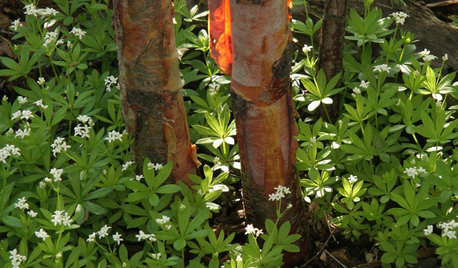
GARDENING GUIDES6 Deer-Resistant Ground Covers to Plant This Fall
Learn about some of the only low, spreading plants that are reliably deer-resistant
Full Story
GARDENING GUIDES6 Dependable Ground Covers for Warm Climates
Swap some lawn for these drought-tolerant clumping plants — and watch your maintenance efforts diminish while they easily grow
Full Story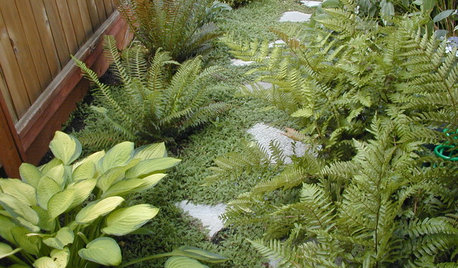
LANDSCAPE DESIGN6 Great Ways With Garden Ground Covers
Use them as problem solvers, weed killers, color and texture providers ... ground cover plants have both practical and visual appeal
Full Story
GARDENING GUIDESGreat Design Plant: Bugle Weed, a Quick Ground Cover
It’s highly adaptable, suppresses weeds, reduces erosion and provide weeks of bright flowers. Just watch for invasiveness
Full Story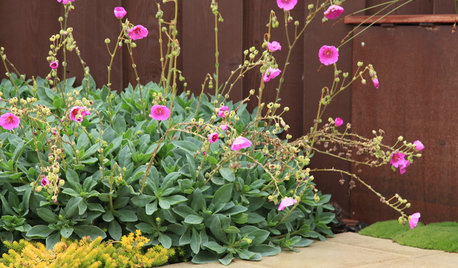
GROUND COVERS10 Succulents That Make Pretty, Easy-Care Ground Covers
These low-growing succulents create interest in the drought-tolerant garden
Full Story
GARDENING GUIDESGermander Sage Makes a Versatile Flowering Ground Cover
Light up drought-tolerant gardens, and attract butterflies and hummingbirds, with Salvia Chamaedryoides’ vibrant blue blooms
Full Story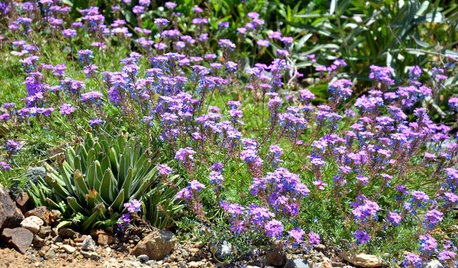
FLOWERS AND PLANTSGlandularia Pulchella Trails Color Through the Drought-Tolerant Garden
Masses of purple blossoms and finely textured foliage cover the ground of arid gardens from spring to fall
Full Story
GARDENING GUIDESTop 12 Summer-Blooming Perennials for Deer-Resistant Drama
Can you have garden color, fragrance and exciting foliage with hungry deer afoot? These beauties say yes
Full Story
TREES7 Deer-Resistant Flowering Trees to Plant this Fall
If you live in a neighborhood with roaming deer, consider these beautiful trees that won't tempt hungry guests
Full Story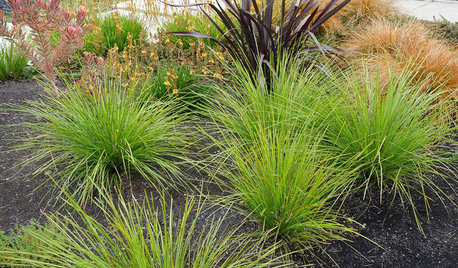
GRASSESVersatile Breeze Mat Rush Sails Into Drought-Tolerant Yards
Grassy Lomandra longifolia thrives year-round in shady and sunny gardens, in containers and in the ground
Full StorySponsored
Columbus Area's Luxury Design Build Firm | 17x Best of Houzz Winner!
More Discussions







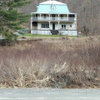



mairenn
pamperedpedenOriginal Author
Related Professionals
Ashland Landscape Architects & Landscape Designers · Elmhurst Landscape Contractors · Franklin Landscape Contractors · New Providence Landscape Contractors · North Chicago Landscape Contractors · Pleasanton Landscape Contractors · Watertown Landscape Contractors · Whittier Landscape Contractors · Wickliffe Landscape Contractors · Brentwood Decks, Patios & Outdoor Enclosures · Grandview Decks, Patios & Outdoor Enclosures · Miami Decks, Patios & Outdoor Enclosures · Waukesha Decks, Patios & Outdoor Enclosures · Citrus Heights Swimming Pool Builders · Lincoln Swimming Pool Buildersmairenn
beth4652
deviant-deziner
mairenn
designoline6
Yardvaark
karinl
molie
gardengal48 (PNW Z8/9)
pamperedpedenOriginal Author
reyesuela
pamperedpedenOriginal Author
karinl
reyesuela
Yardvaark